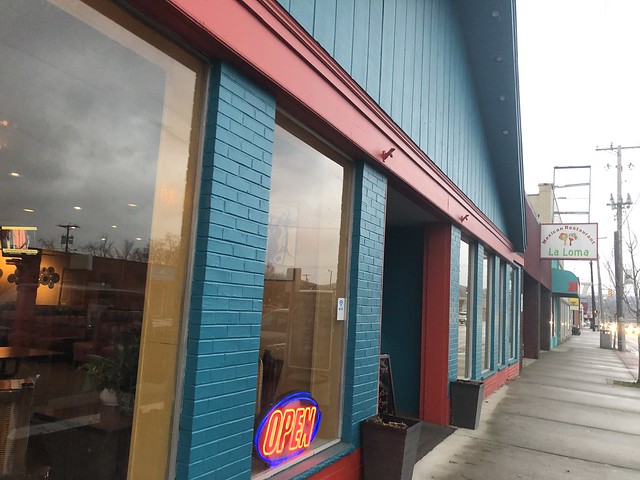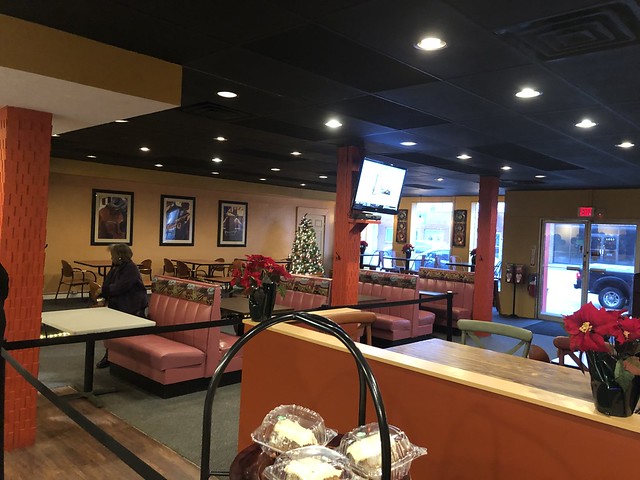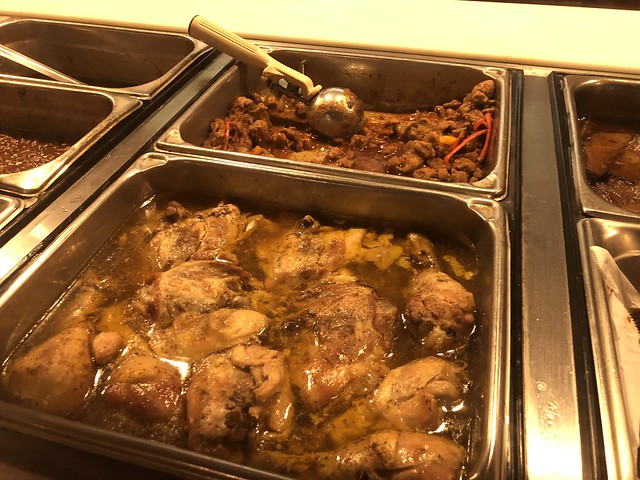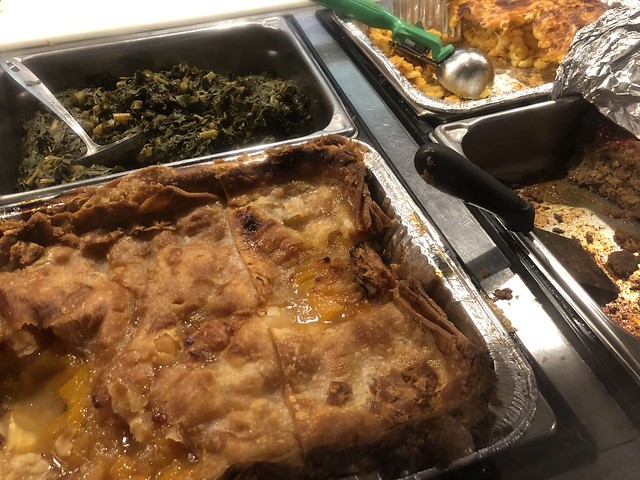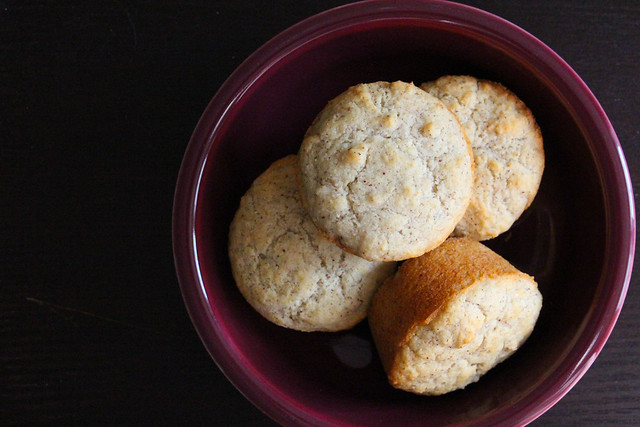
Appalachia has planted the seeds of history.
Heirloom seeds, which have been carefully cultivated and passed down through many generations, are often found in smaller, isolated communities and adapted to local growing conditions.
One of Appalachia’s colorful heirloom seeds has seen a resurgence in recent years: bloody butcher corn. It has made appearances in dishes by world-renowned chefs in cities around the country.
The kernels are colored shades of red and white — reminiscent of a butcher’s apron. Legend claims the colorful kernels are the product of mixing the white settlers’ white corn with Native Americans’ red corn in the 1800s.
According to West Virginia Public Broadcasting’s “On the Trail To Preserve Appalachia’s Bounty of Heirloom Crops,” many varieties of white corn don’t tend to grow well in West Virginia’s climate. But bloody butcher does: It matures in about 90 days and is suited for early frosts and a short season.
Bloody butcher corn can be used to make a variety of cornmeal dishes: corn pone, Johnny cakes, hoe cakes, cornbread.
The preparation of each is often dictated by family history and recipes — but the dividing characteristic is whether or not to add sugar, namely in cornbread. Historically, some communities tend to add sugar to their cornbread, while other cooks forgo the sweetener. Of course, areas of the country don’t dictate a hard and fast rule, but the sweetener often divides camps.
The reasoning behind this focuses on a few different theories, according to Kathleen Purvis at The Charlotte Observer.
The most common one is that the cornmeal changed. When industrial milling came onto the scene, farmers began harvesting yellow corn before it was ripe so it would last longer and was cheaper. But, that meant less flavor, so it needed sugar. Those with less disposable income may have gravitated toward the cheaper option, according to Purvis.
Impassioned savory proponents often say that if cornbread were meant to be sweet, it would be cake, while die-hard sweet proponents say a touch of sweetness brings out the true flavor.
Whatever your preference, it’s likely rooted in your upbringing. Whether your grandmother sprinkled sugar in her cornbread likely plays a role in your opinion on the use of sweetener in the south’s favorite bread.
There’s no right or wrong cornbread recipe. What’s most important is the one that resonates with you. Maybe it’s the one you grew up eating or the one you developed for your family. Maybe it’s one that’s been passed down through generations or one that a friend shared with you.
West Virginia’s mountains and streams tell stories — of history, of culture and of community. And so do its seeds.
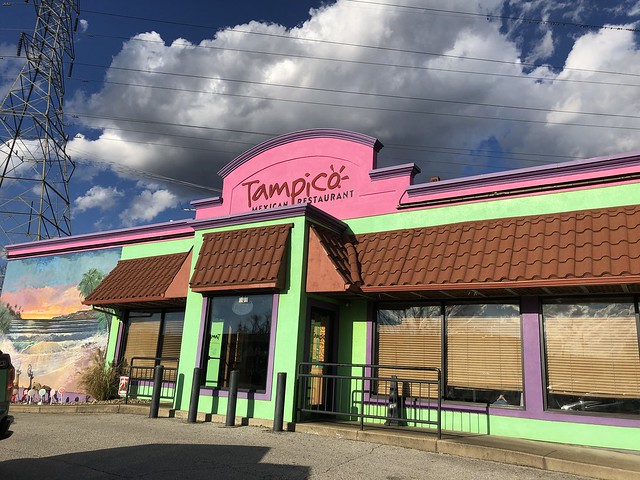
My coworkers and I can always agree on one thing: queso.
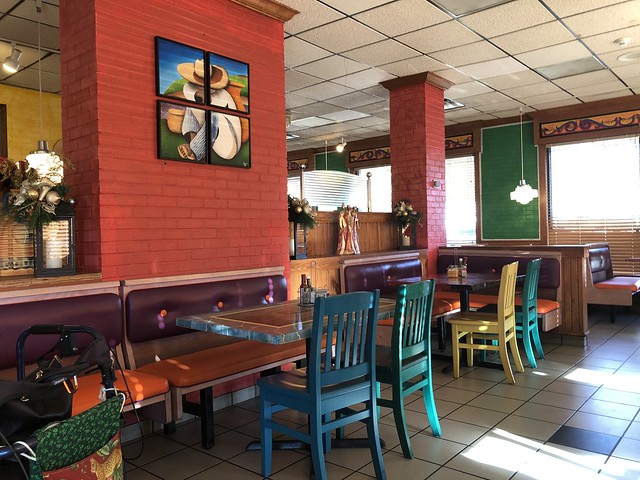 We stopped at Tampico in Vienna to get our fix.
We stopped at Tampico in Vienna to get our fix.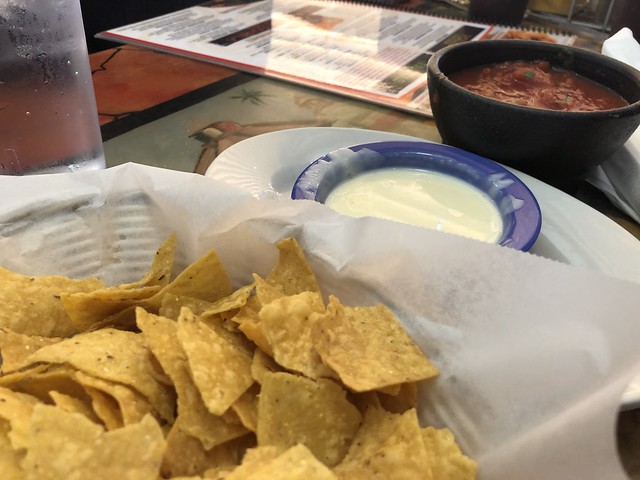 For my main meal, I went with Burrito Grande - which is a hearty meal of two burritos stuffed with your choice of chicken or steak fajitas, grilled onions, tomatoes, and green peppers, topped with red tomato sauce and melted cheese.
For my main meal, I went with Burrito Grande - which is a hearty meal of two burritos stuffed with your choice of chicken or steak fajitas, grilled onions, tomatoes, and green peppers, topped with red tomato sauce and melted cheese.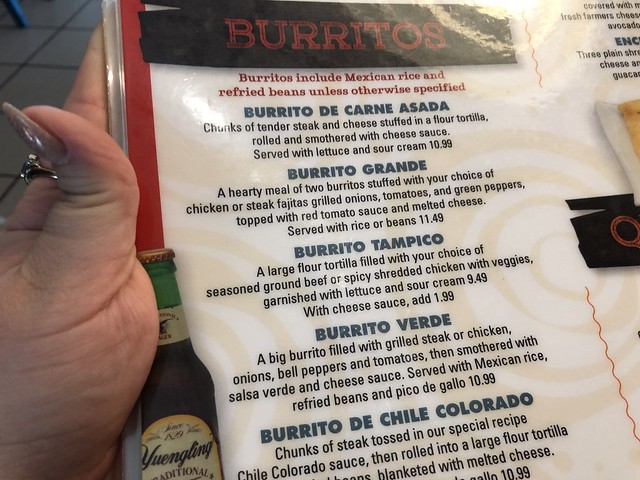 My favorite dish is any tortillas covered in more queso.
My favorite dish is any tortillas covered in more queso.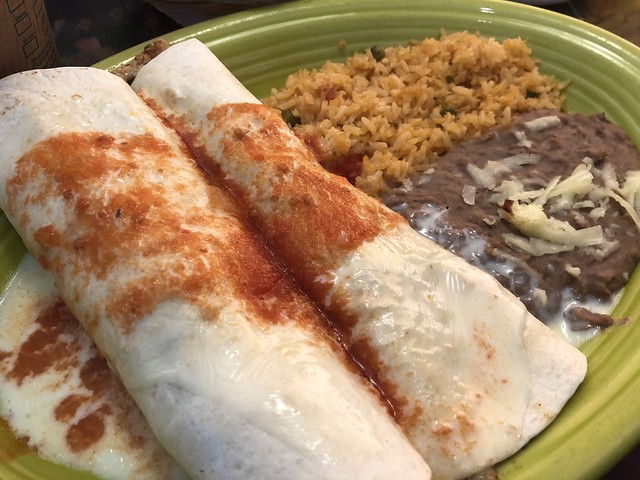 What's your favorite dish here?
What's your favorite dish here?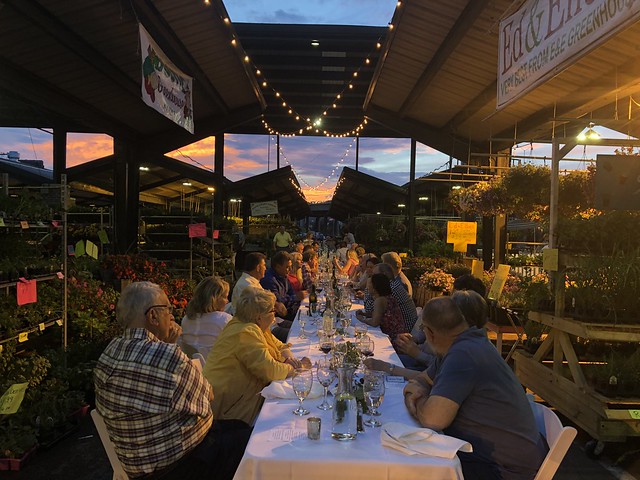
The Capitol Market is one of my favorite places in Charleston.
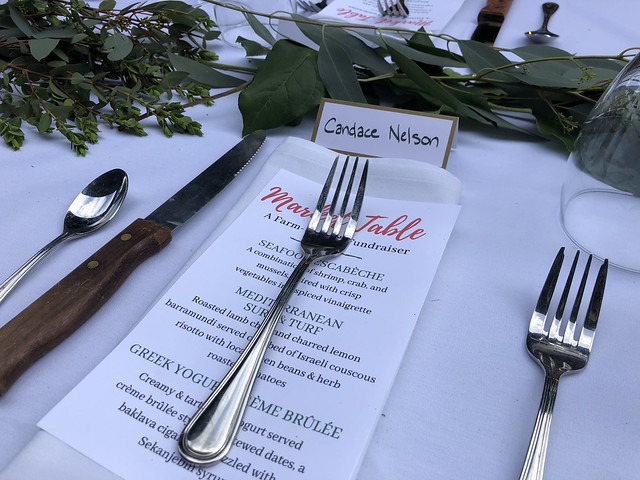 And I'm fortunate enough to serve on the board.
And I'm fortunate enough to serve on the board. Over the weekend, it held a farm-to-table dinner to raise money for the nonprofit (did you know Capitol Market is a nonprofit?)
Over the weekend, it held a farm-to-table dinner to raise money for the nonprofit (did you know Capitol Market is a nonprofit?)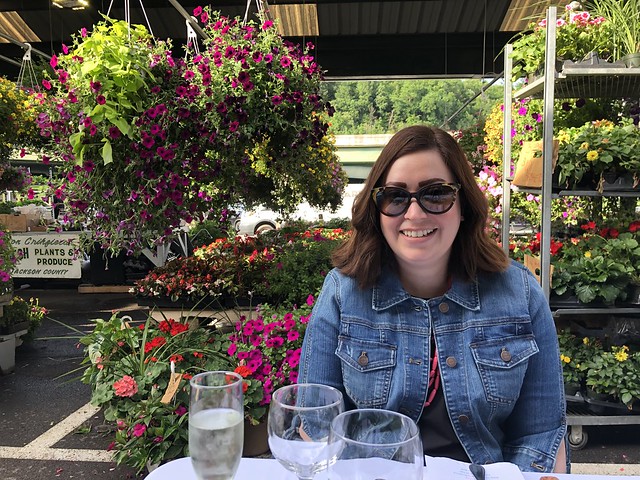 Chef Paul Smith was our incredible chef for the evening, and he prepared a delicious Mediterranean meal.
Chef Paul Smith was our incredible chef for the evening, and he prepared a delicious Mediterranean meal.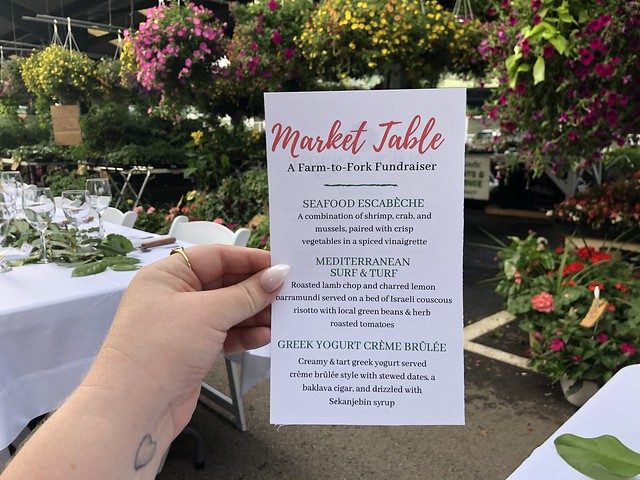 And we enjoyed this amazing meal outside among the flowers and beautiful sunset at Capitol Market. It was perfect.
And we enjoyed this amazing meal outside among the flowers and beautiful sunset at Capitol Market. It was perfect. The menu for the evening consisted of items from vendors located at the Capitol Market. How cool is that!
The menu for the evening consisted of items from vendors located at the Capitol Market. How cool is that! While folks were mingling, servers were passing around hors d'oeuvres.
While folks were mingling, servers were passing around hors d'oeuvres.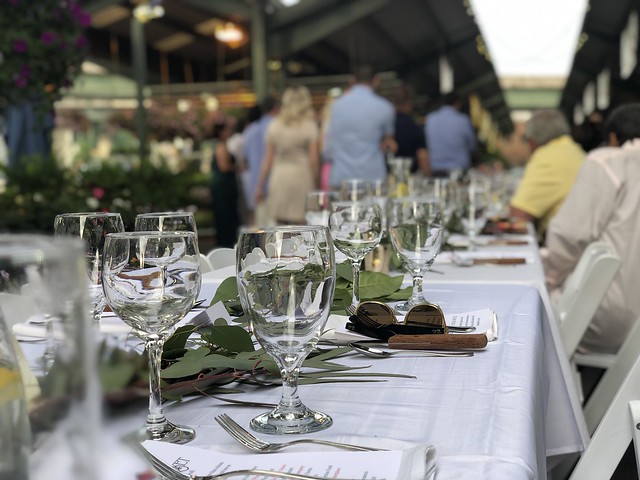 Those included kalamata olive hummus on a tumeric pita.
Those included kalamata olive hummus on a tumeric pita.
And there was chicken kafta kebabs.
 And dolmathes with tzatziki.
And dolmathes with tzatziki. After sampling each of those, it was time to get down to the main meal!
After sampling each of those, it was time to get down to the main meal!
We started with a Seafood Escabeche, which was a combination of shrimp, crab, and mussels paired with crisp vegetables in a spice vinaigrette.
 Then for our entree, we had a Mediterranean Surf & Turf with roasted lamb chop and charred lemon barramundi served on a bed of Israeli couscous risotto with local green beans and herb-roasted tomatoes.
Then for our entree, we had a Mediterranean Surf & Turf with roasted lamb chop and charred lemon barramundi served on a bed of Israeli couscous risotto with local green beans and herb-roasted tomatoes. Dessert was a Greek Yogurt Creme Brulee - creamy and tart greek yogurt served creme brulee style with stewed dates, a baklava cigar and frizzled with Sekanjebin syrup.
Dessert was a Greek Yogurt Creme Brulee - creamy and tart greek yogurt served creme brulee style with stewed dates, a baklava cigar and frizzled with Sekanjebin syrup.
Did you go?
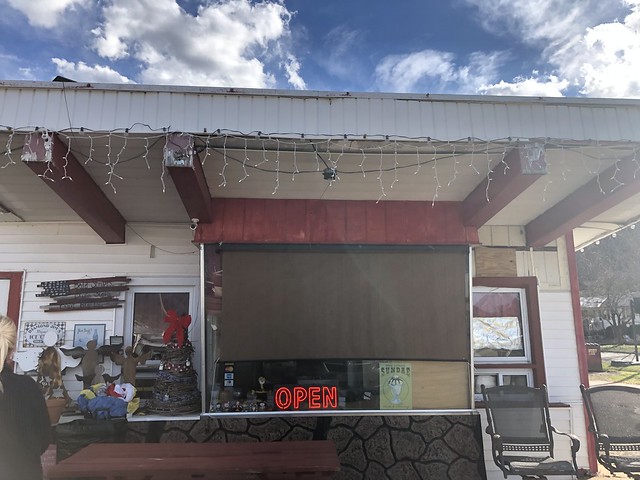
I am not above pulling off on the side of the road when ice cream catches my eye.
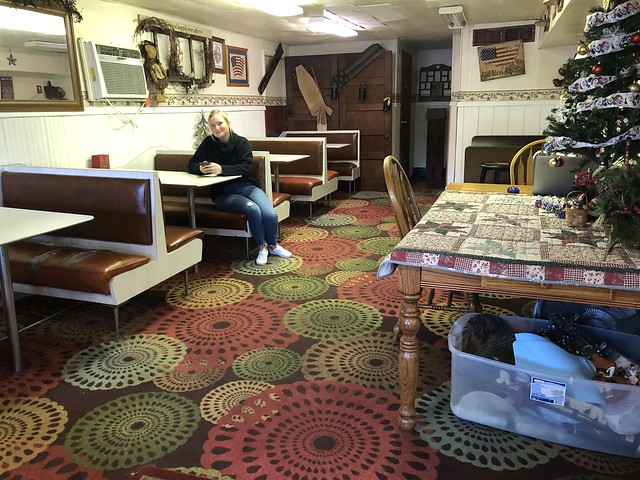 That might have been the situation when driving past the Paden City Tasty Freez.
That might have been the situation when driving past the Paden City Tasty Freez. This dairy shop has ice cream, as well as food.
This dairy shop has ice cream, as well as food.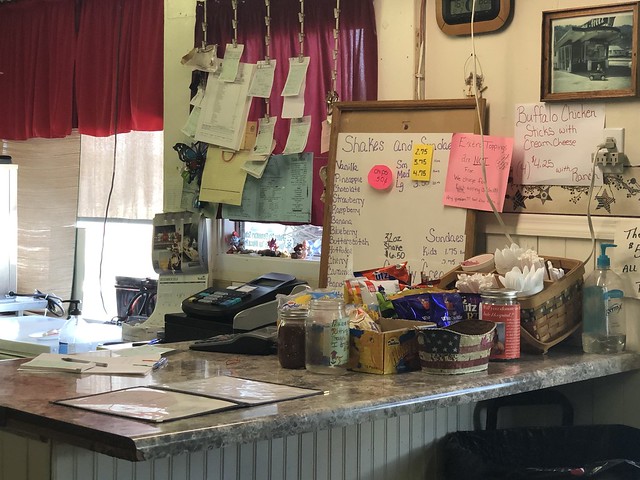 I went for a "candy cream" - their version of a Blizzard - and got a Reese's one.
I went for a "candy cream" - their version of a Blizzard - and got a Reese's one. I don't think you can go wrong with Reese.
I don't think you can go wrong with Reese.
All work property of Candace Nelson. Powered by Blogger.

